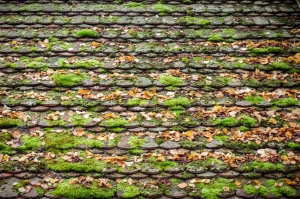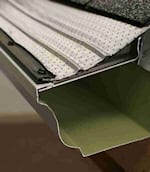Roof Cleaning For Strata’s
There are benefits to living in the Lower Mainland: the warm, wet climate is much preferred to the icy coldness that grips eastern Canada today, while verdant forests provi de a beautiful backdrop for the region. Managing a building with a roof however, is definitely not an advantage of living in the region. The very same climate and foliage makes for almost ideal growing conditions for moss, mildew and mold accumulation. This roof growth has a number of negative effects that a property manager needs to be aware of. Most roofs should have a life expectancy of 24 to 28 years, yet the average age of a roof replacement is 14 to 20. These problems are not confined to roofs designed for replacement; the growth damages all types of materials:
de a beautiful backdrop for the region. Managing a building with a roof however, is definitely not an advantage of living in the region. The very same climate and foliage makes for almost ideal growing conditions for moss, mildew and mold accumulation. This roof growth has a number of negative effects that a property manager needs to be aware of. Most roofs should have a life expectancy of 24 to 28 years, yet the average age of a roof replacement is 14 to 20. These problems are not confined to roofs designed for replacement; the growth damages all types of materials:
Concrete tiles can become porous
Asphalt loses its oil and disintegrate.
Shake roofs rots cracks and warps.
Metal roofs surface become etched, losing lustre and durability.
All of these cause damage. Moreover mold, moss mildew accumulation can give a building a prematurely aged look. Even if they are removed over time with the help of a Mold Damage Restoration Company near you, they can sometimes seriously discolour the roof surface and facades and decrease property values. Finally, they have a knock-on effect: roof growth traps organic matter like leaves and nettles, which then are pushed into the gutters during storms, causing blockages and overflows. This vastly increases the costs of maintaining a building.
Roof Cleaning is an area we have been doing for the past few years as an offshoot of our gutter cleaning programs. These are often in building that have chronic blockage issues with their drainage systems. However we see many more buildings with similar issues. We utilize industry leading eco-friendly techniques, which not only remove the existing growth, but delay its return for several years. Finally, our technicians can clean most roofs, even ones with steep pitches. We can often use our rope access systems to reach areas that would normally be inaccessible to regular cleaning techniques.


